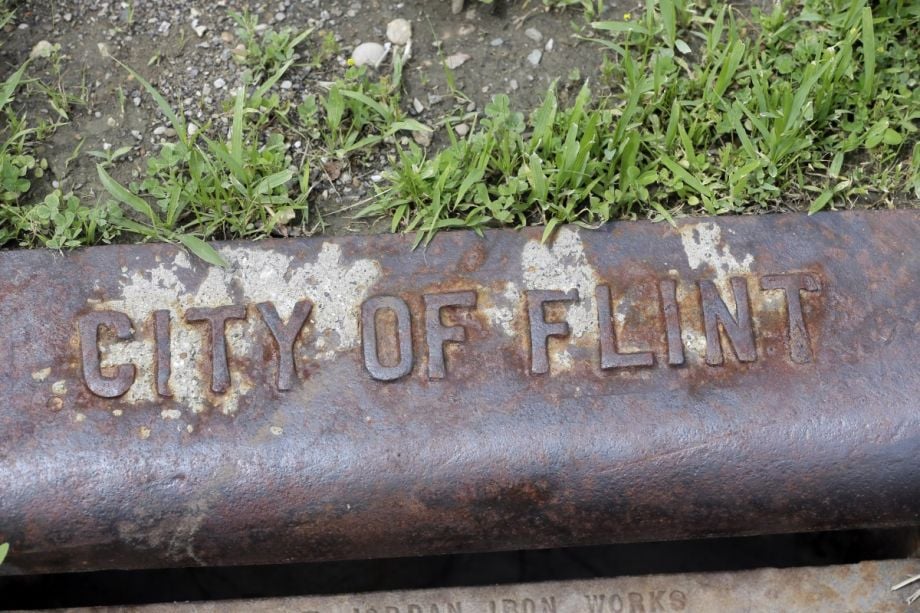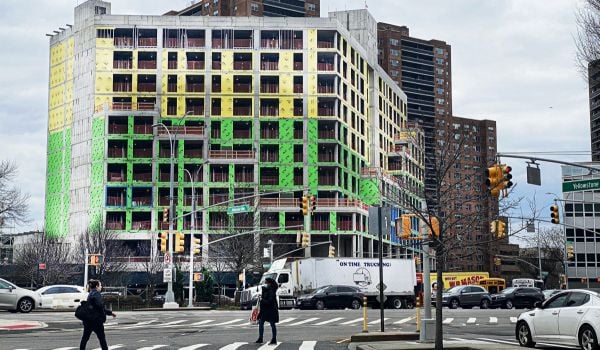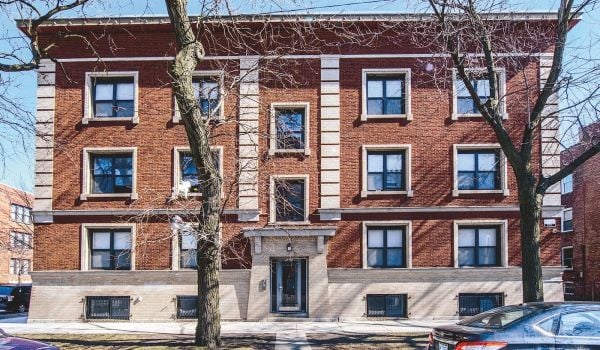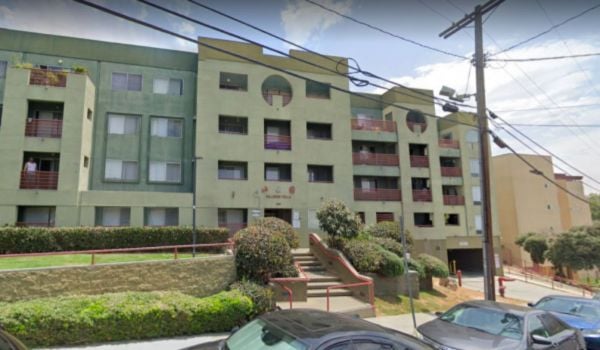It was a long time coming.
Flint, Michigan, recently adopted a new plan to eliminate blight over the next five years. With about a third of the city’s properties in derelict conditions — 19,842 homes, commercial structures and vacant lots — it is shocking that this didn’t happen 10, 15, even 20 years ago. If it had, perhaps the plan would involve fewer demolitions and more preservation. It also would have been cheaper. The new plan, for the first time, calculates the cost of eliminating blight in Flint, and it’s a whopping $107,748,130. It is probably no surprise that Flint doesn’t have that cash lying around: the funding shortfall is $98,255,850.
But the plan is here now, marking the city’s commitment to taking action. The goal? Stabilizing Flint’s population by eliminating neighborhood blight and increasing quality of life. Blight is defined simply as “unwanted property conditions that stem from the presence of vacant properties,” which Flint traces to the plain fact that there are more structures in the city than people and businesses to fill them.
Here is the good news: Flint is committing to specific metrics in blight elimination, and it is adapting its strategy to the unique needs of different neighborhoods. This is a good-faith approach for the community, bringing transparency to an effort that is inherently radical. It also makes the plan more sustainable — something that can actually be enacted across the city for years to come. No less than 16 public engagement sessions and workshops were held in every one of the city’s wards, which both informed the content of the plan and gave residents a chance to understand their city’s priorities. Citizens also had the opportunity to participate in the “Your Neighborhood Inventory” project, which was a collaborative on-the-ground assessment of property conditions, which created a cache of data that the planners relied upon.
The new blight framework calls for a continuation of this engagement by launching a “Problem Property Portal” where residents can both get and give information. Each of the nine wards will also have a resident named “Blight Elimination Captain,” who can act as a conduit of information on both ends.
That will be important, because Flint has big ambitions. Here are the benchmarks of plan, which the city means to achieve within five years.
• Remove 71,000 tons of garbage
• Board 4,235 vacant structures, or one out every nine houses
• Demolish 5,500 vacant and blighted structures
• Mow 119,000 vacant properties annually
• Demolish 5,028 residential structures, or one out of every eight houses
• Demolish 432 commercial structures, or one out of every six business buildings
• Reuse 5,000 vacant lots
• Bring 95 percent of properties into compliance with local ordinances
• Structurally and functionally rehabilitate 850 houses
• Increase commercial building occupancy by 15 percent
Given that most derelict structures and lots (69 percent) are held by private owners who abandoned their property, the plan also pointedly recommends that the community re-orient its thinking about maintenance standards, especially code enforcement. One idea it suggests is issuing citations for vacant structures that, if unpaid, will be added to property tax bills, which could lead to tax foreclosure.
There is some useful precedent in property innovation here. Flint is part of Genesee County, which has been the national leader in the land bank movement. And indeed, the city and the Genesee County Land Bank Authority are already working together to plant clover on 1,200 vacant lots (which will reduce mowing costs) and connect with community groups to do board-ups on vacant structures. The plan explicitly urges residents to help out by mowing the vacant property in their neighborhood, and asks local institutions to “take the lead on blight that is within a half mile of your location” by providing basic maintenance. It also suggests that businesses and developers contribute 5 percent of property maintenance budgets to blight elimination. If every Flint business did so, it would total $1 million annually, or $5 million over the duration of the framework.
For all the useful ideas in the Flint blight plan, here are two more that should be integrated into its implementation.
First, “demolition” should actually be “deconstruction” — materials from the structures should be carefully removed so that they can be recycled or repurposed. It is surprising that the word “deconstruction” is only mentioned once in the plan, when the process has a proven track record of efficiency. Selling this material can actually help Flint close its funding shortfall. City leaders should connect with experts in the growing field to enact an effective deconstruction program.
Second, Flint also needs to carefully consider its relationship with vacant lots. Almost two-thirds of the blighted property in the city are vacant lots: 14,382 of them. As the plan itself states, nearly all these lots once held a structure that was demolished. Given that the plan in Flint relies heavily upon demolition to eliminate blight, one can expect the number of vacant lots to grow. What does the city plan to do with them? Could some of them become parks or artistic installations? Can they be donated to neighborhood groups who can turn them into community gardens? Could the city borrow a popular strategy of the Detroit Land Bank Authority, and launch a program where residents can buy the vacant lot that neighbors their house for $100? Some creative ideas need to be formulated here, if the city doesn’t want its blight elimination program to effectively perpetuate blight.
That said, Flint can celebrate the fact that the framework’s release marks the completion of a key priority of the master plan, which the city adopted in 2013 — its first in over 50 years. It shows that Flint’s leaders are serious about giving residents a reason to believe in their hometown. Now, it’s just a matter of helping those leaders make the wisest choices possible.

Anna Clark is a journalist in Detroit. Her writing has appeared in Elle Magazine, the New York Times, Politico, the Columbia Journalism Review, Next City and other publications. Anna edited A Detroit Anthology, a Michigan Notable Book. She has been a Fulbright fellow in Nairobi, Kenya and a Knight-Wallace journalism fellow at the University of Michigan. She is also the author of THE POISONED CITY: Flint’s Water and the American Urban Tragedy, published by Metropolitan Books in 2018.
Follow Anna .(JavaScript must be enabled to view this email address)
















